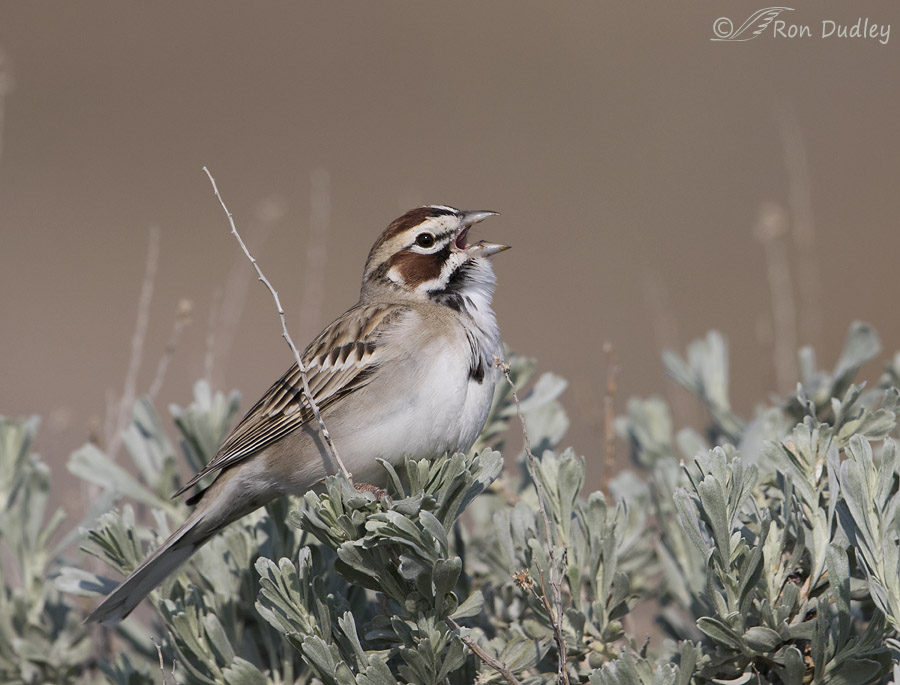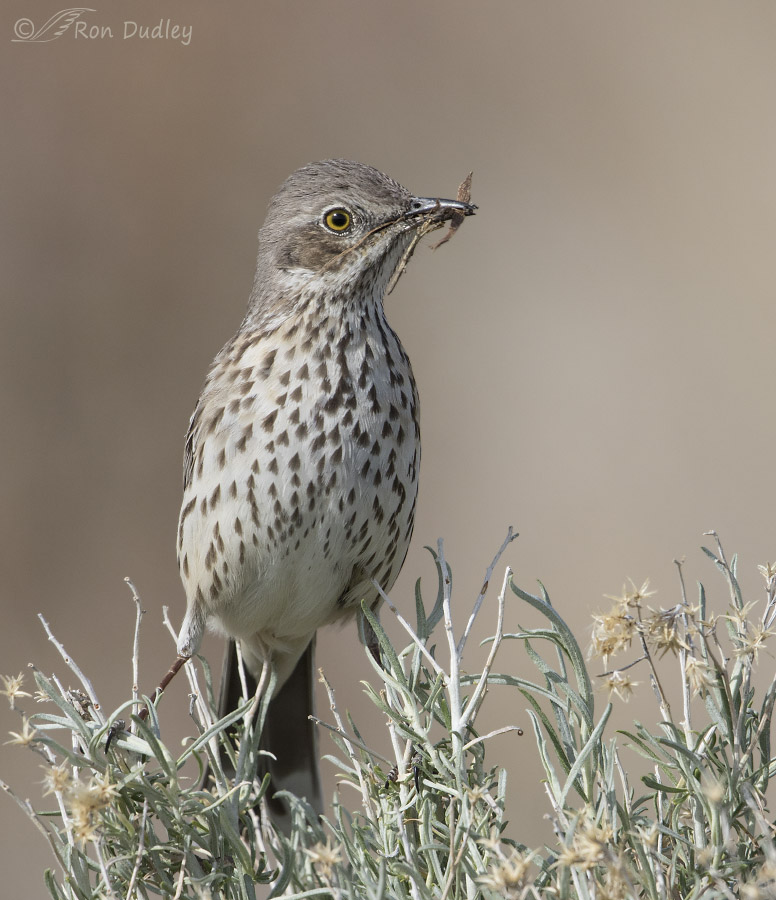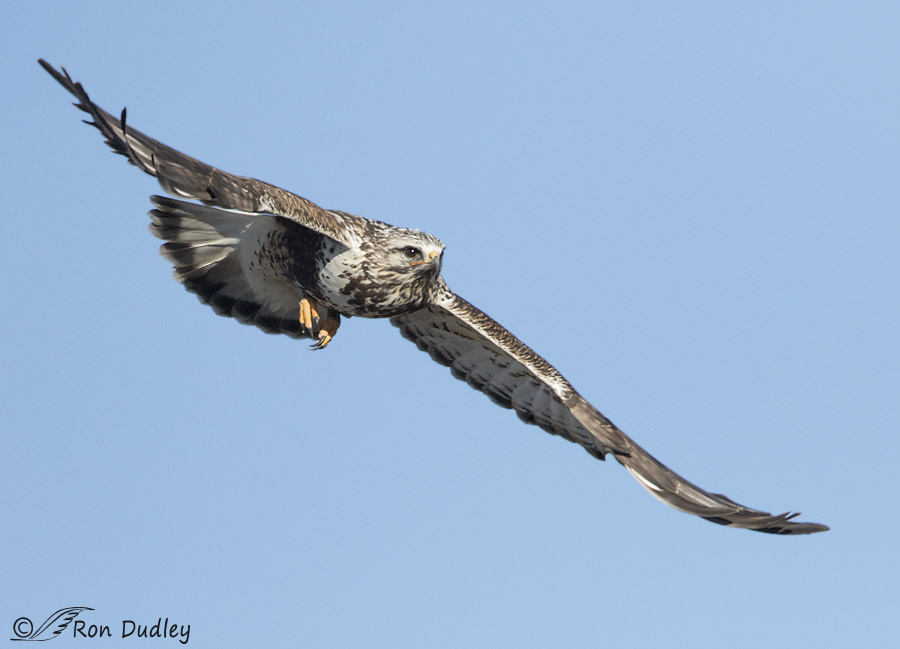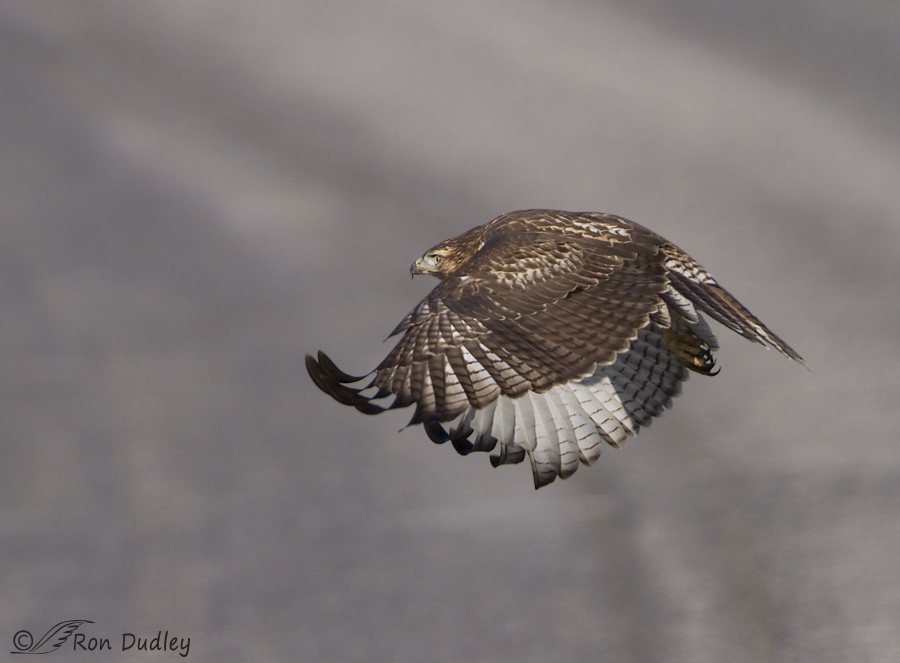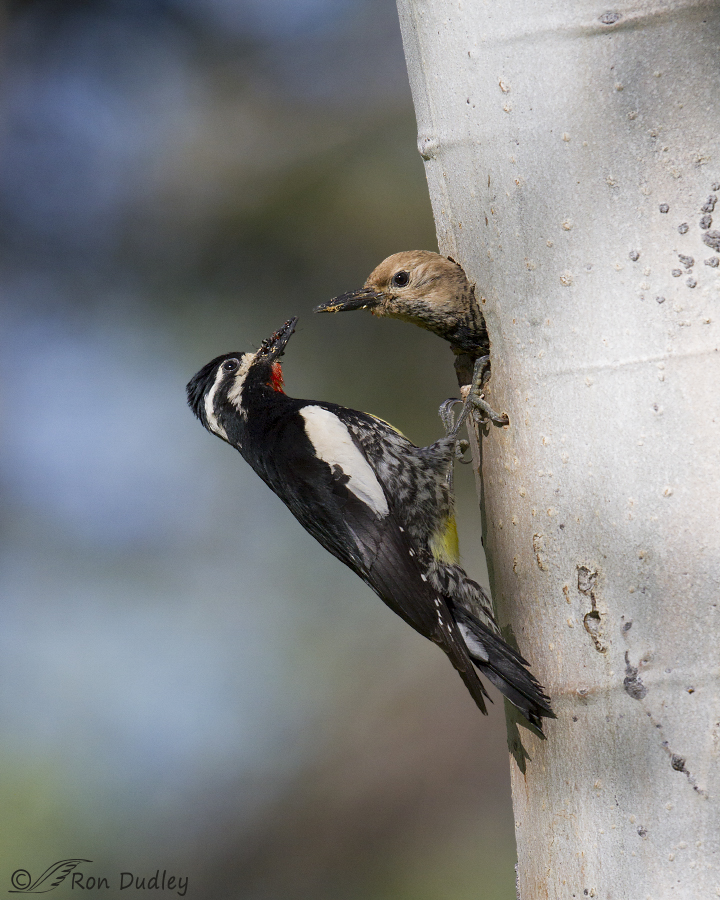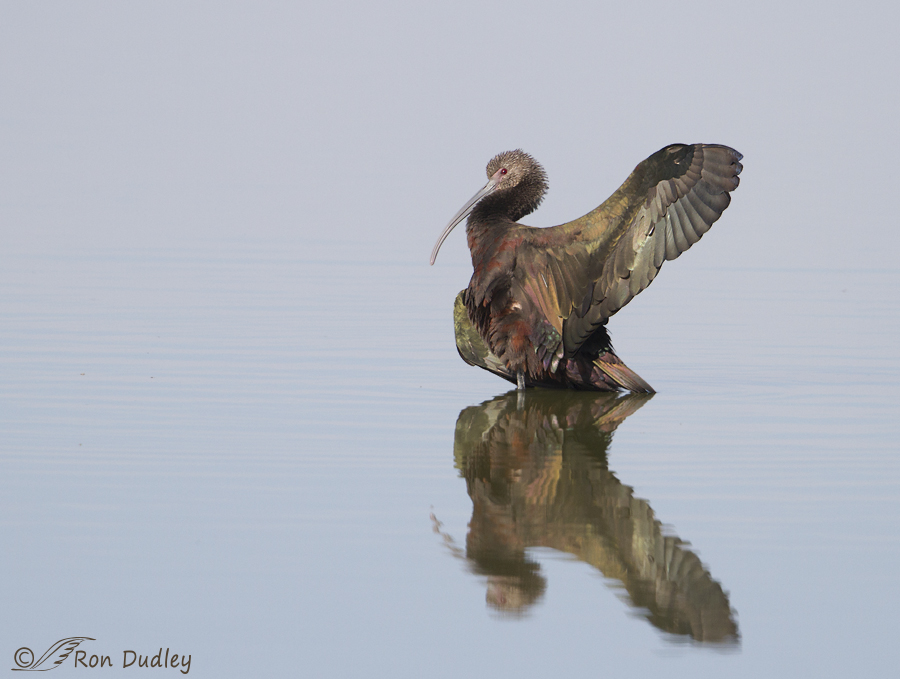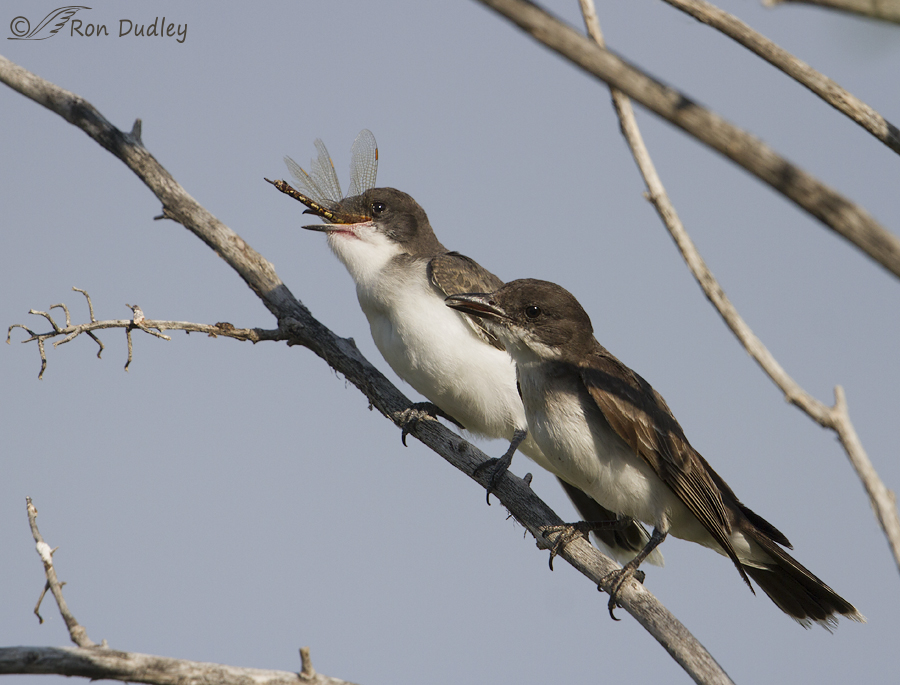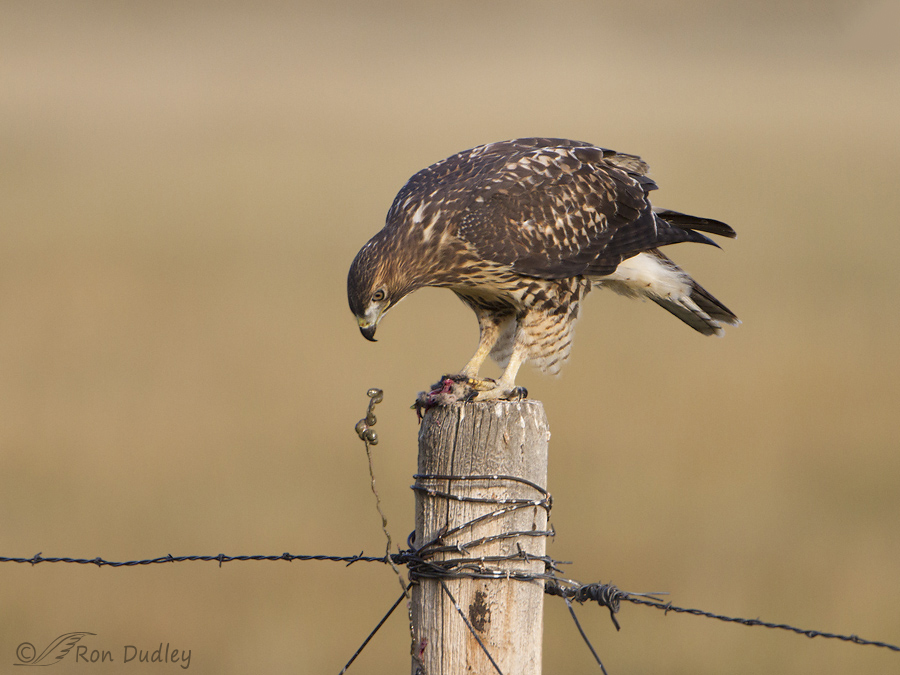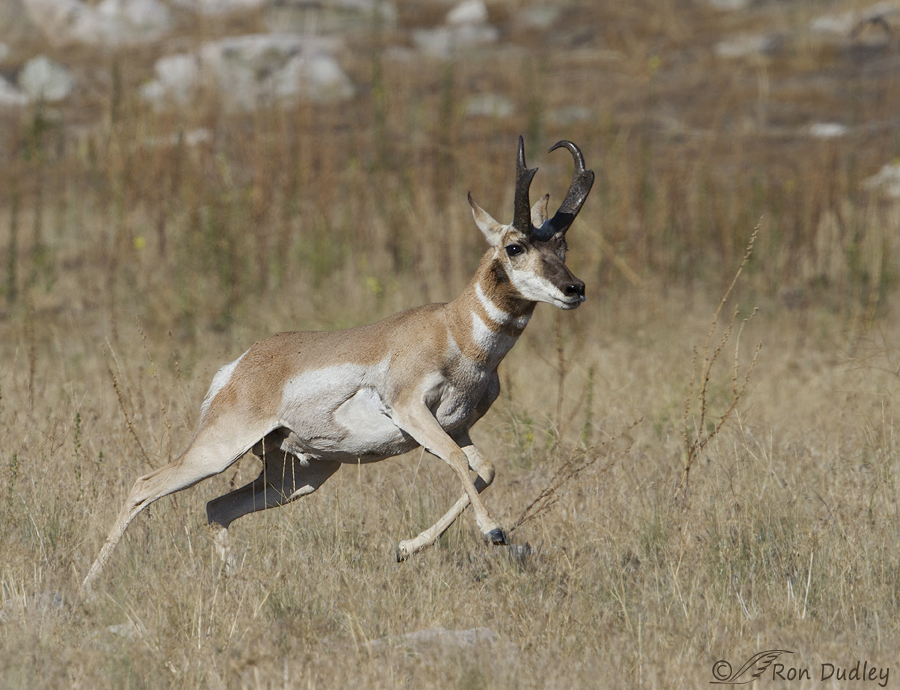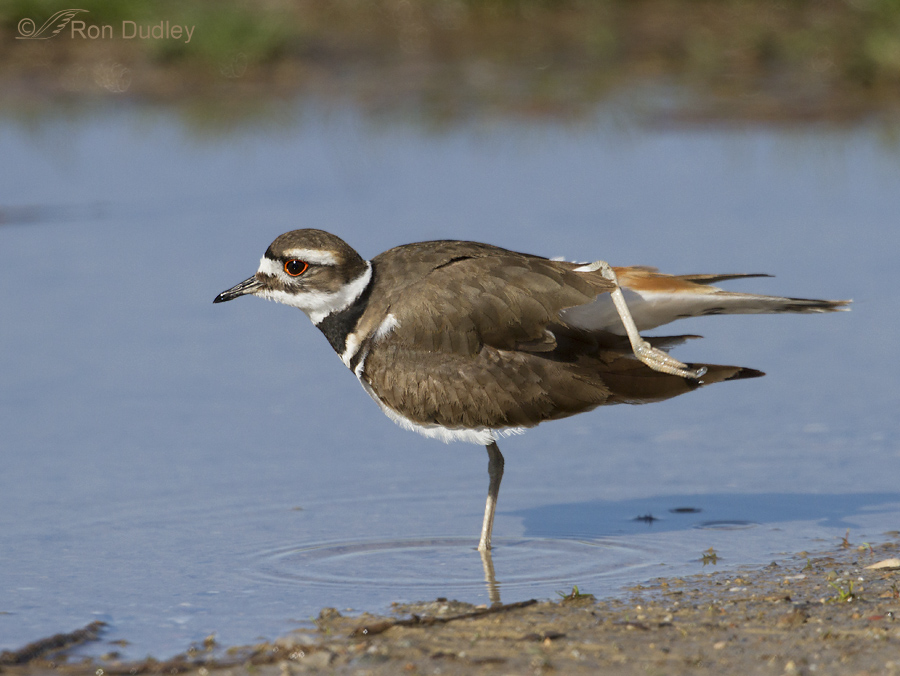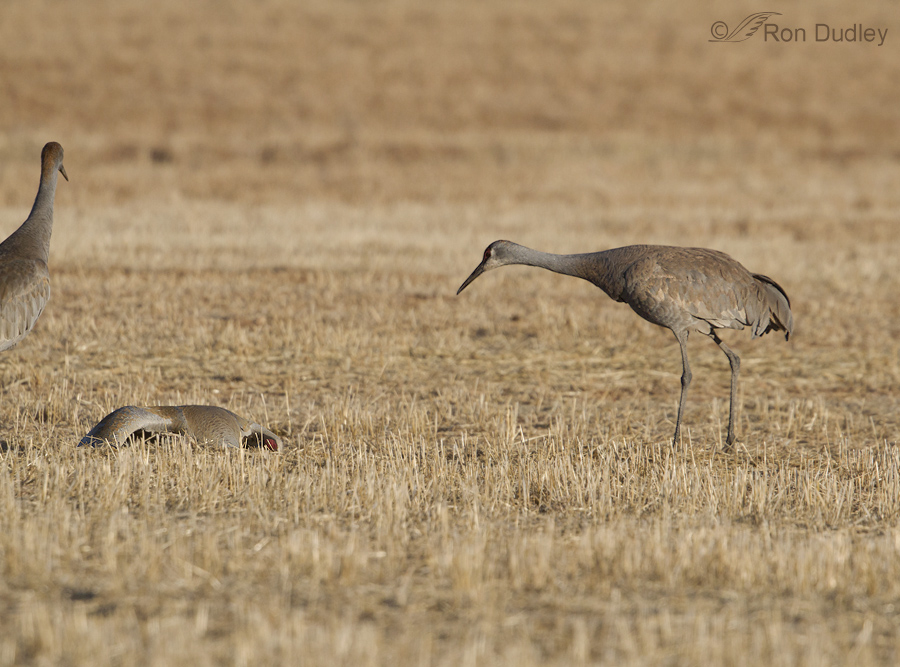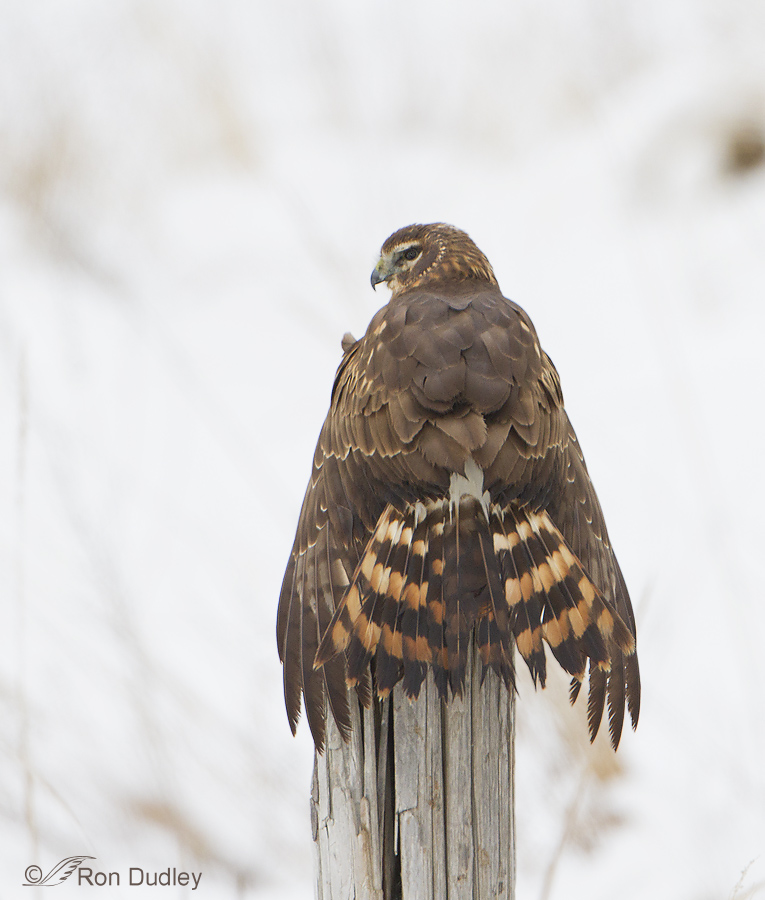Tag: behavior
Sage Thrashers In A Springtime Frenzy
Rough-legged Hawk Signaling Impending Take-off
Northern Harrier “Playing”
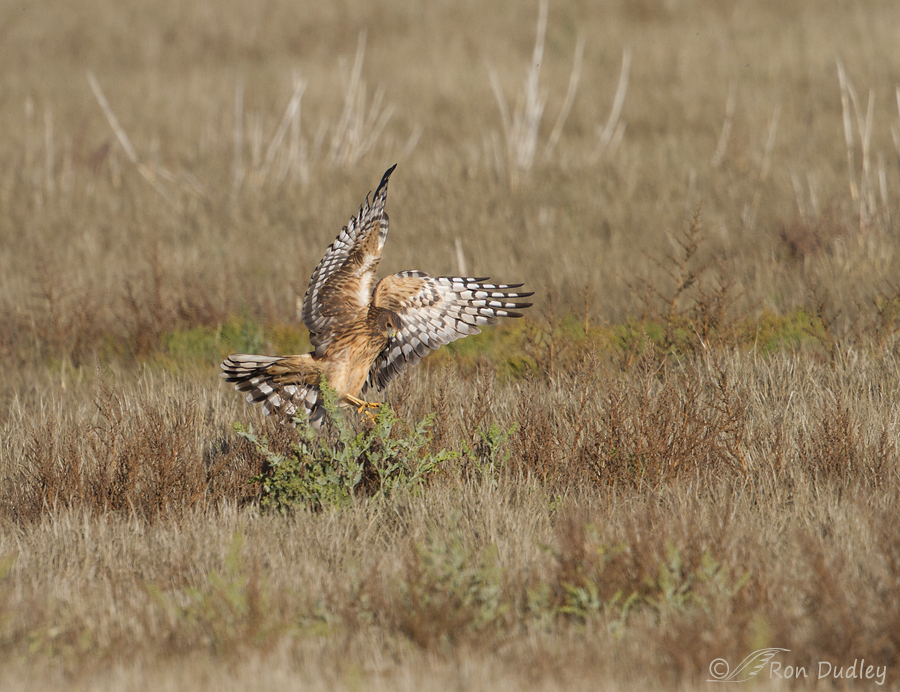
Play has been well documented in some bird species and I believe I photographed that behavior in a Northern Harrier this week. This bird was too far away for quality images but I think the behavior is well documented in the photographs. I first spotted this hawk on an ugly metal fence post but as soon as I stopped my pickup to watch it through my lens the wary bird took off. Almost immediately it performed a spectacular and classic harrier mid-air maneuver by changing directions and pouncing on something in the grasses. I presumed it to be a vole. For about two minutes the bird continually struggled, wrestled and pounced on something I couldn’t see. The activity was quite frenetic and I took many photos of it. As I watched through my lens I wondered if the harrier was trying to avoid being bitten by a vole or even a larger rodent. Eventually the harrier took off with its “prey”, which turned out to be dried cow poop. Cow pies are common in this area because refuge managers run cattle there in the summer in an attempt to control invasive phragmites (personally I’m not a fan of cattle on public lands but that’s another story…). The harrier carried the cow pie only a few feet… before dropping it. Whether that was done deliberately or not I don’t know but I suspect that it was because in the image just before this one (just as the pie…
Why Did The Red-tailed Hawk Cross The Road?
Some Williamson’s Sapsucker Behavior
Sunbathing White-faced Ibis
Eastern Kingbird Adult And Fledgling – A Question Of Behavior
The Shrike And The Grasshopper (and noticing the “little things”)
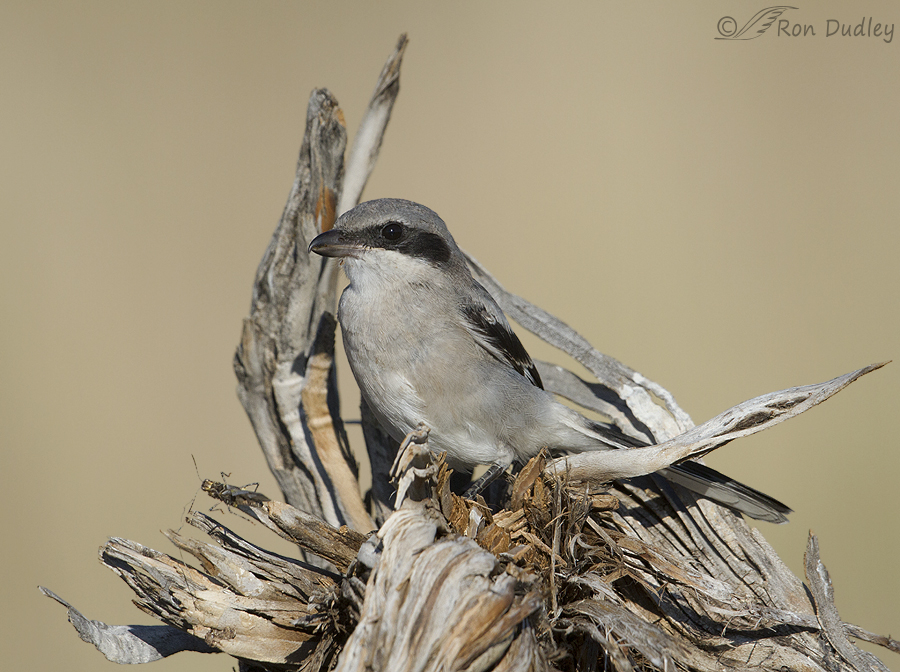
I make every effort in the field to “read” the behavior of my avian subjects. Sometimes I’m right and sometimes I’m not but either way it’s a learning experience for me and my percentage of accuracy does seem to be improving. One of the payoffs can be better bird photographs for a variety of reasons.


